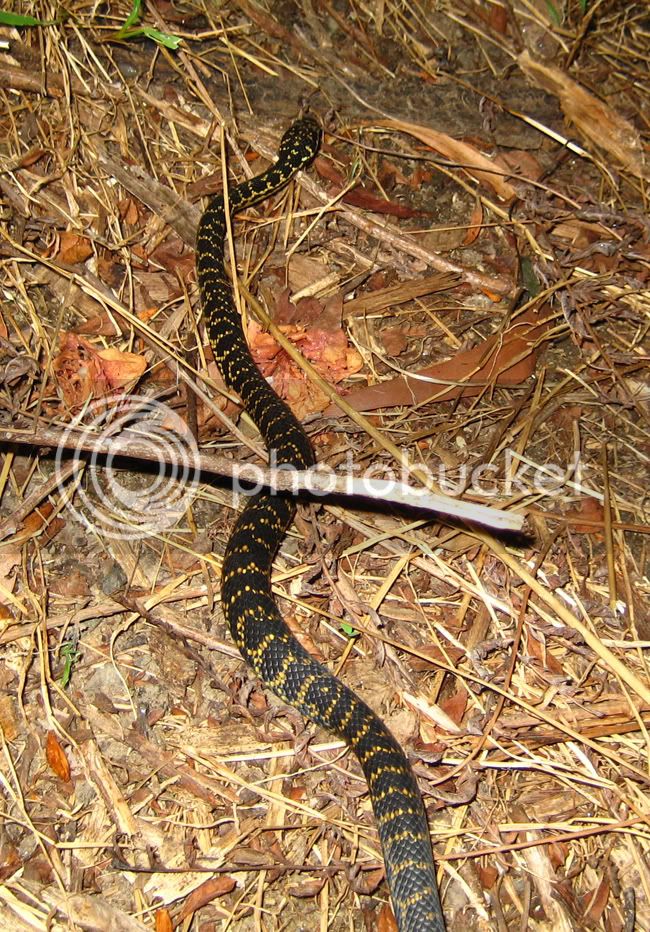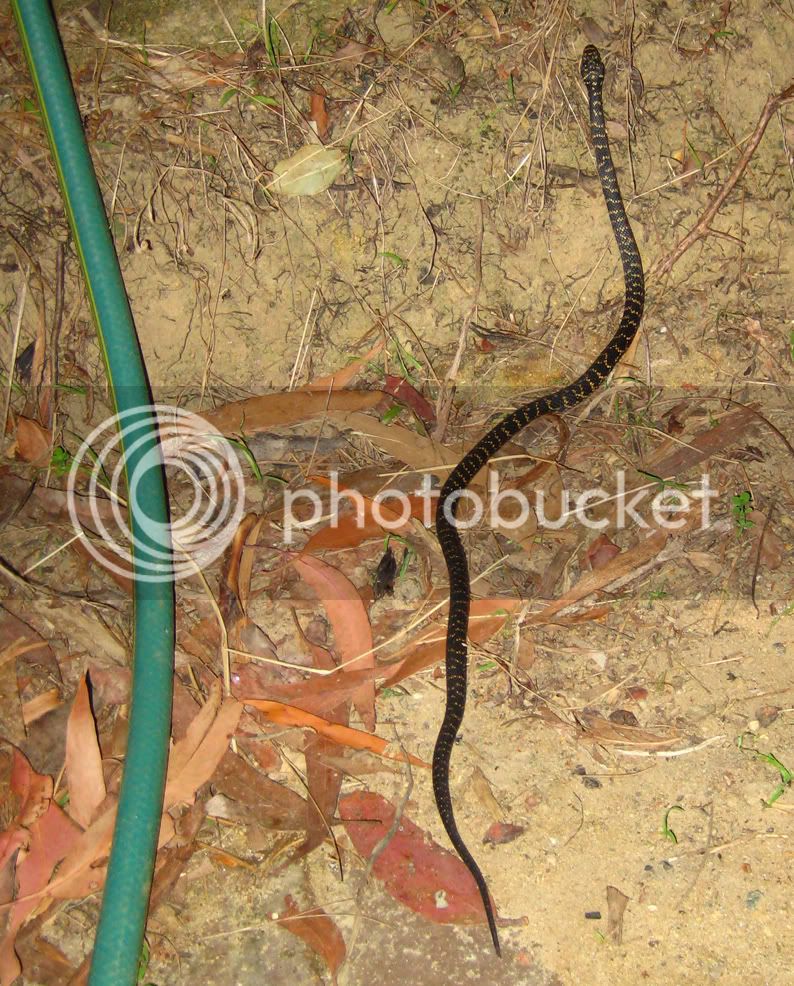the bombing range and heathcote national park are massive, and i searched a hell of a lot of the areas around the edges without even seeing a reptile of note, let alone a broardie. Anyone who would be keen enough to walk intoo the guts of this park to pinch one, would probably be smart enough to know they are there anyway. and i am confident that they are safe with in these areas.
I believe that they are naturally an "uncommon" snake, meaning that they are rarely seen. I think they are still in reasonable numbers where they do exist, and that the reason they are "endangered" is due to the fact that their excusive habitat, and restricted range is in most densly populated and fastest growing area in australia. I think they are endangered only because their habitat is endangered.
I believe that they are naturally an "uncommon" snake, meaning that they are rarely seen. I think they are still in reasonable numbers where they do exist, and that the reason they are "endangered" is due to the fact that their excusive habitat, and restricted range is in most densly populated and fastest growing area in australia. I think they are endangered only because their habitat is endangered.






